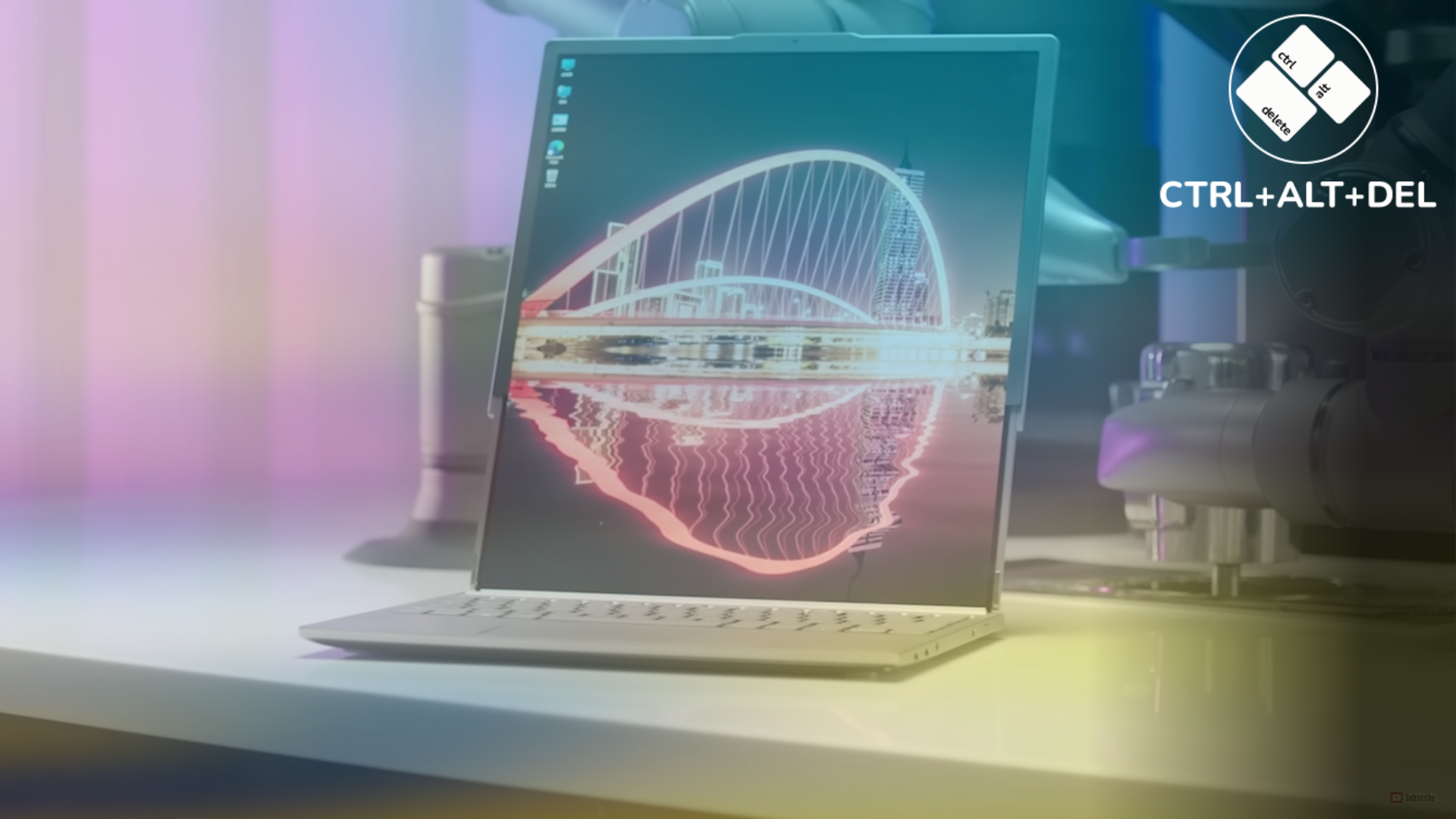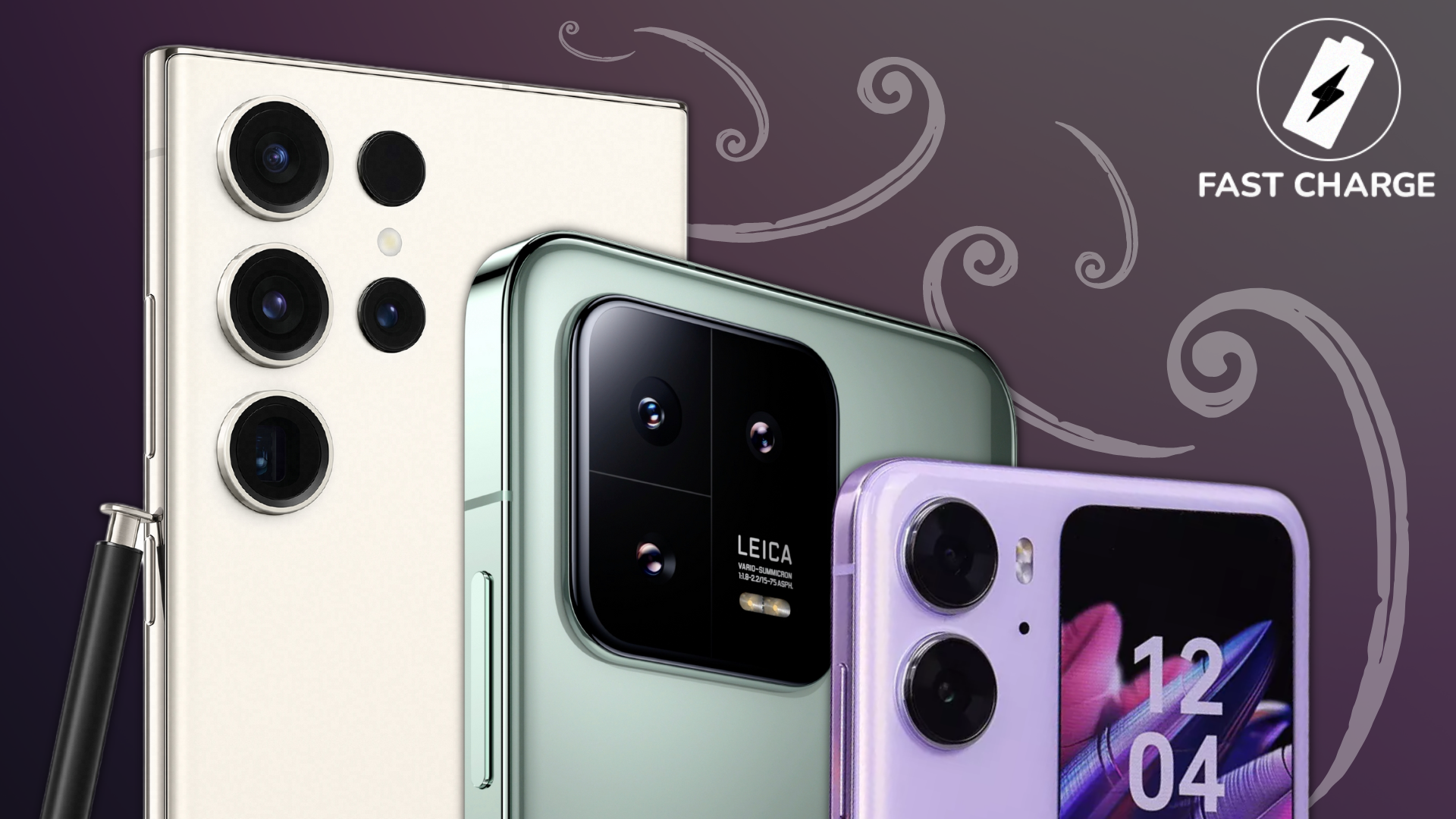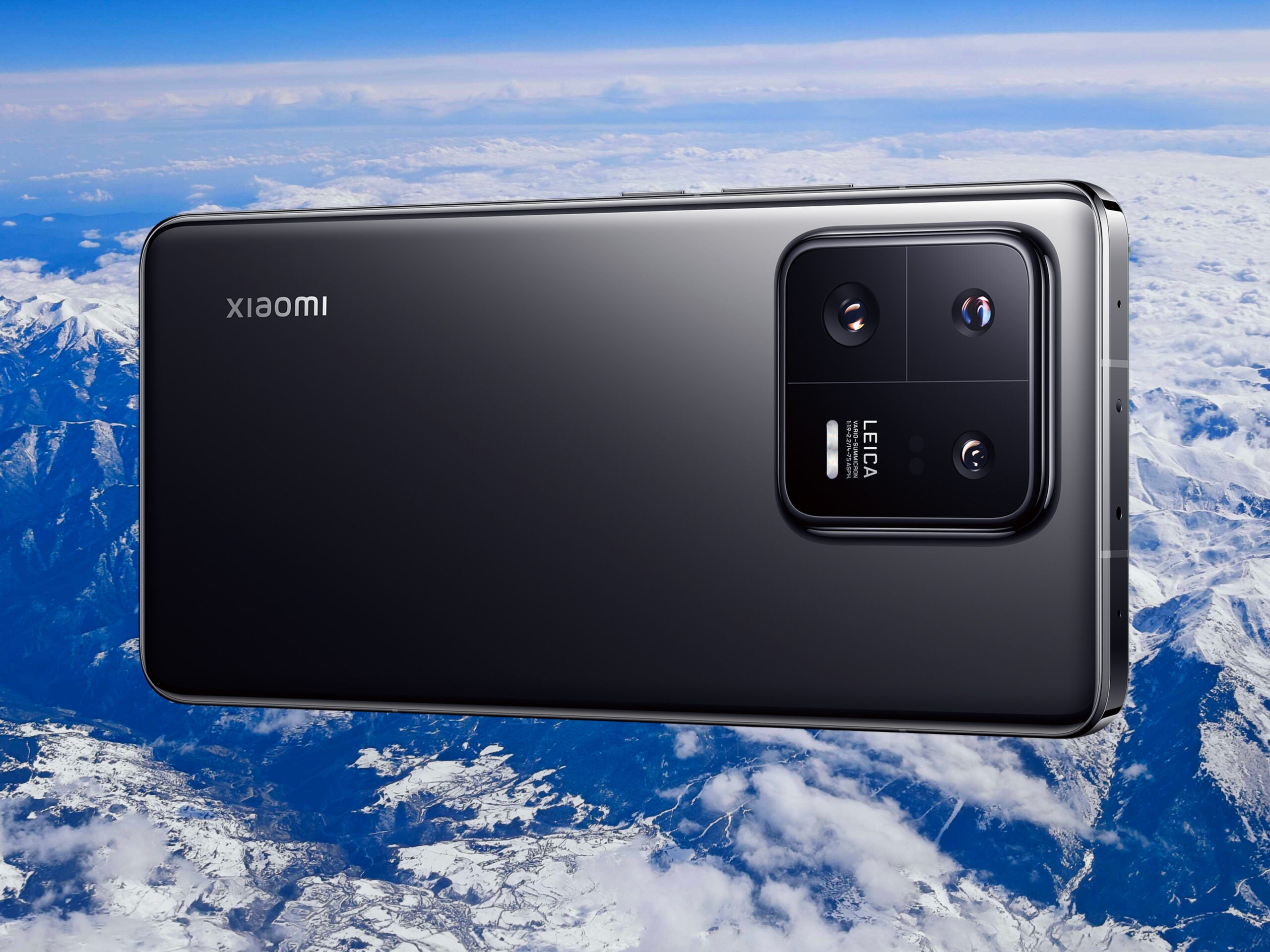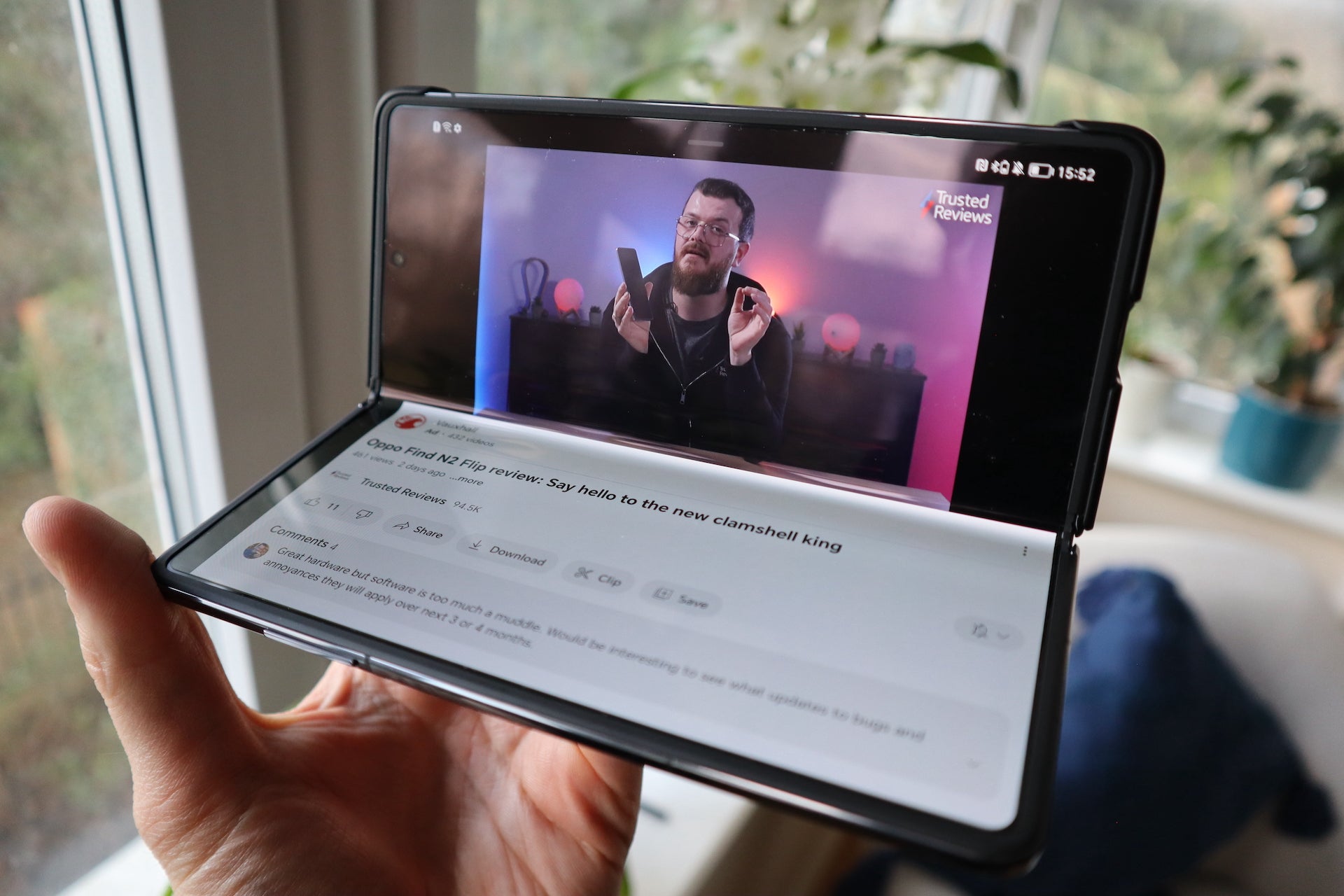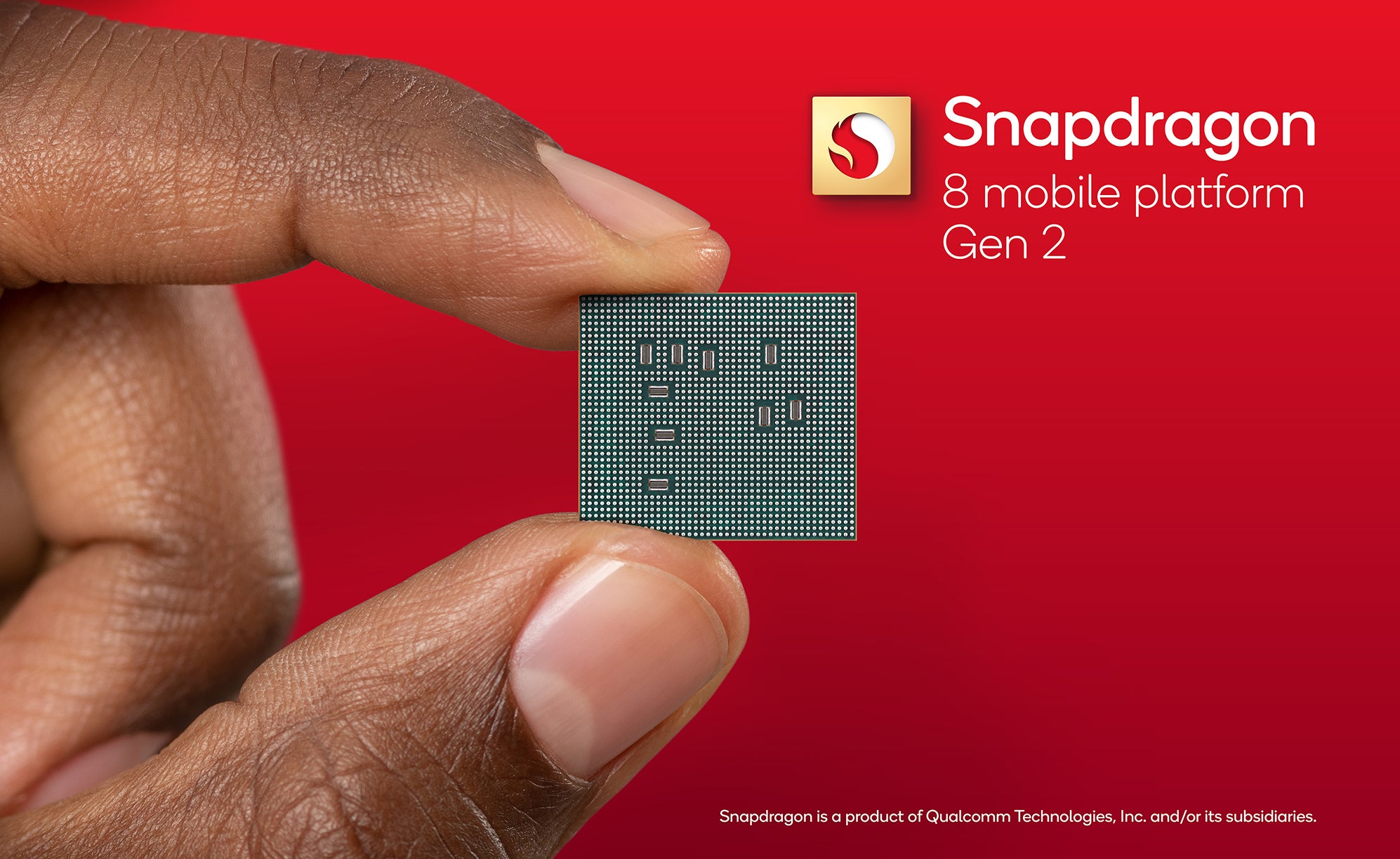The Oppo Air Glass 2 are the first AR glasses I could see myself using
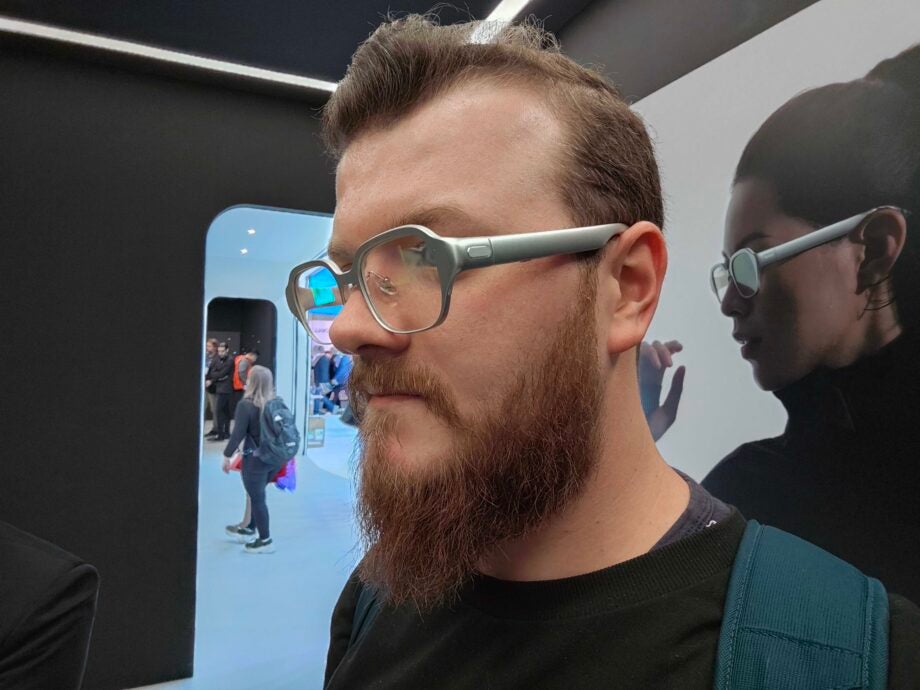
OPINION: AR is a bit of a buzzword in 2023 with companies like Meta and Nreal releasing headsets with a focus on the technology.
It’s exciting, but the Nreal Air glasses require a wired phone connection and Meta’s Quest Pro is a full-blown VR headset with AR capabilities. Not quite the fabled slimline AR glasses, then.
I’ve seen a few AR headsets during my time at MWC 2023, and all have one thing in common; they’re not ready for prime time just yet. The vast majority are big, bulky and quite obviously not a standard pair of glasses, and some – like Qualcomm’s reference AR headset – even have an additional display in front of the lenses.
For all but the most dedicated techies, this will be offputting to use on a daily basis.
But as I walked the show, disheartened by how little we’ve achieved in getting closer to the fabled slimline AR glasses of tomorrow, the Oppo stand – and the Oppo Air Glass 2 section in particular – caught my attention.
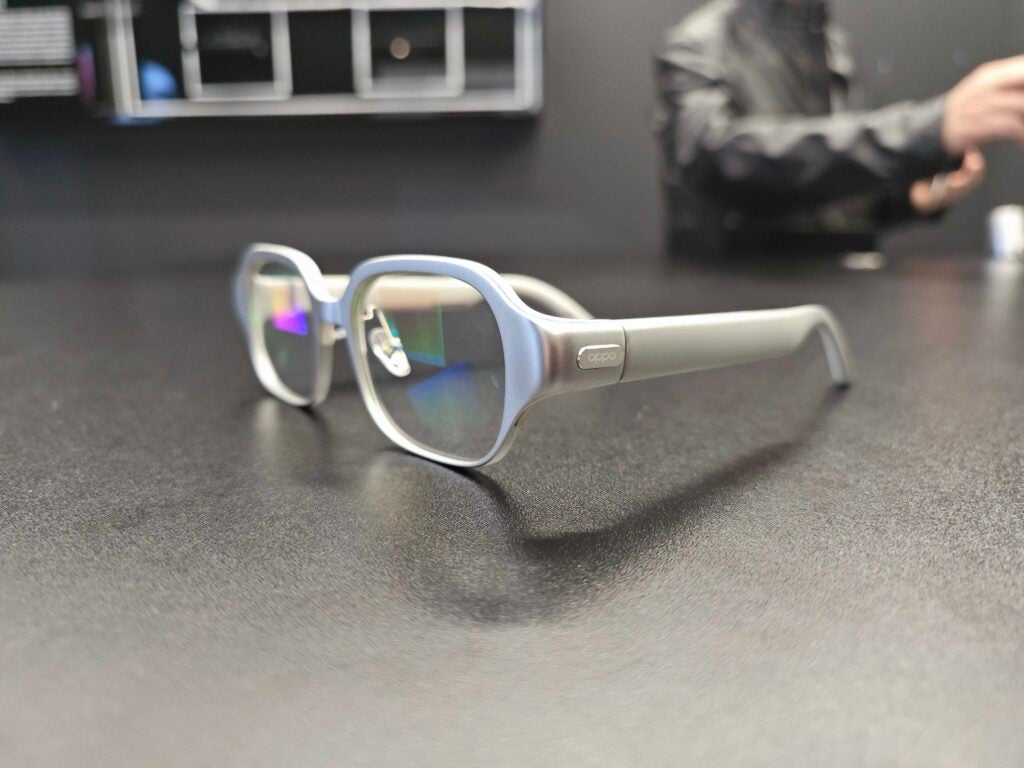
The first thing that struck me was just how compact Oppo’s Air Glass 2 concept glasses are. Sure, they’re still slightly thicker than your average pair of specs, but they’re not too far off. You could possibly try and pass it off as a conscious fashion choice, but I’m not sure I could quite pull it off.
They also weigh next to nothing, just like a pair of regular glasses, despite a built-in battery, display and other tech, which meant they felt like a normal pair of glasses on the face. That’s not something I can say for any other AR headset I’ve tried so far, and I can’t understate how impressive it is.
So far, so good, then. But, the important question is, how do they perform?
I was half-expecting the glasses at the booth to be nothing more than dummies, especially given just how lightweight they were, but no, they were actually functional. Donning the glasses I was greeted with all-green text and images like something from a 90s hacker movie, but I imagine this will change before the headset comes to market.
Using simple (and surprisingly responsive) swipe and tap gestures on the right arm, you can browse through a menu of features including weather, calendar, teleprompter, maps and translation, though the latter two aren’t available to demo just yet.
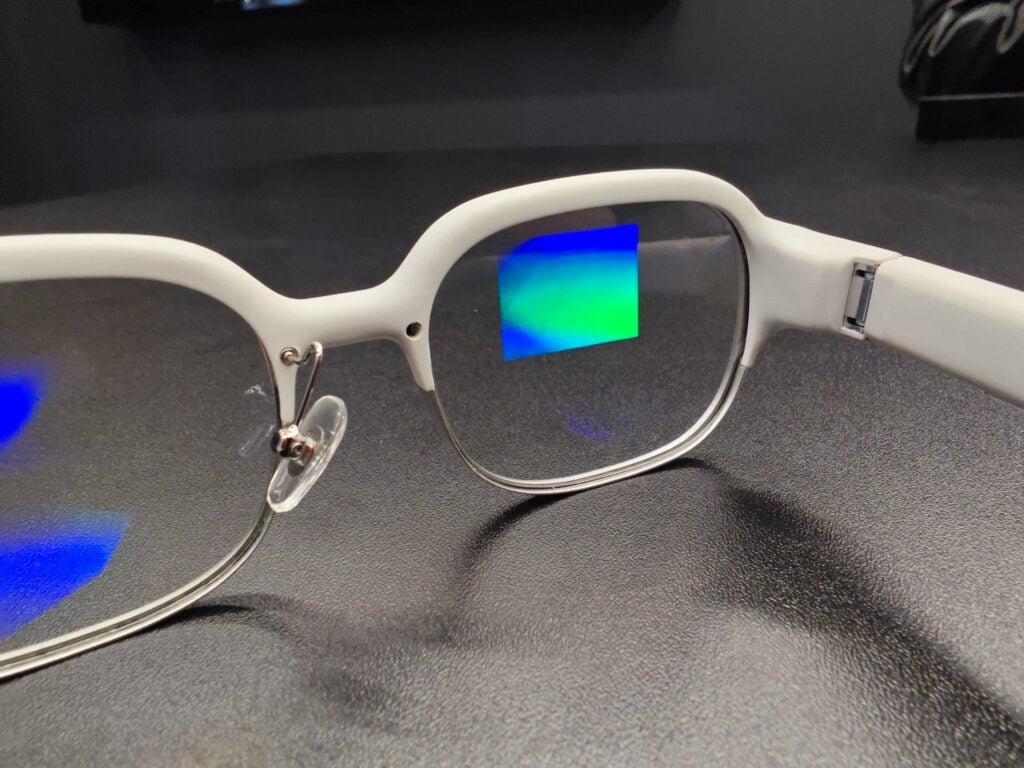
The calendar and weather are fairly self-explanatory, but the teleprompter could be a great option for those that regularly do presentations. The text was easily legible as I talked with an Oppo representative, without the need to awkwardly look up and to the left like with Google Glass. He also suggested it could also be used to read books hands-free on my morning commute, which I could see myself enjoying as I clamber onto a packed tube train.
As I discussed in my article about AR and ChatGPT, real-time translation and transcription will be a real boon for AR headsets, allowing you to converse with someone in another language in real time without the need for a smartphone translation app. I wish I had that for my time in Barcelona…
Now before you get too excited, the Oppo Air Glass 2 are very much still at the concept stage – though seemingly further along than the majority of the companies showcasing at MWC 2023. As to when they could appear as a consumer-facing product, that’s anybody’s guess.
However, during an interview, Oppo provided a little context on Oppo’s concept development process. While the Oppo Air Glass 2 development plan wasn’t explicitly outlined, it was explained that the Oppo Find N went through six iterations over four years before it was ready to go to market.
If you read into that, it seems like the second-gen Oppo Air Glass 2 are still a few iterations away from being ready, but depending on how fast Oppo knock out those various iterations, we might only be a few years away from these glasses coming to market – and I really can’t wait.


